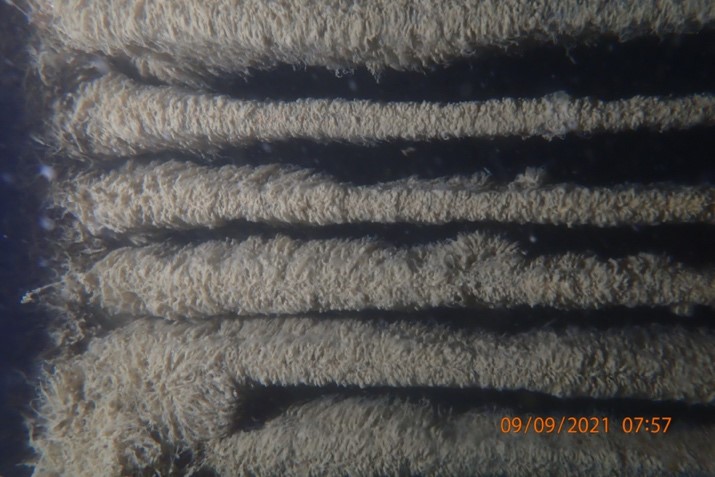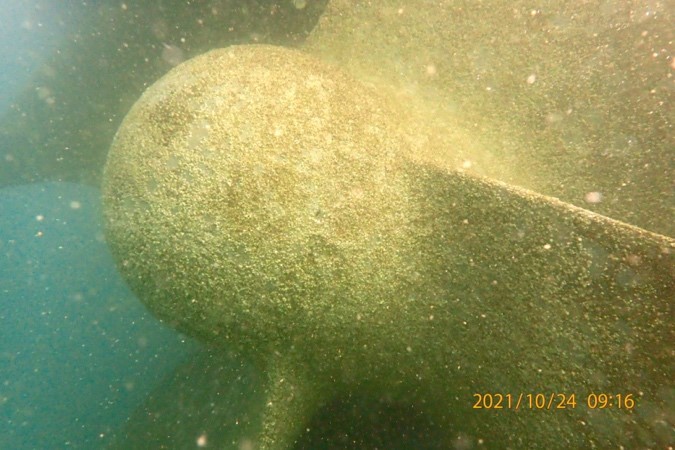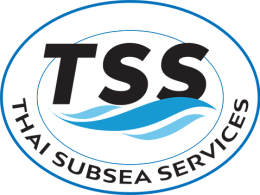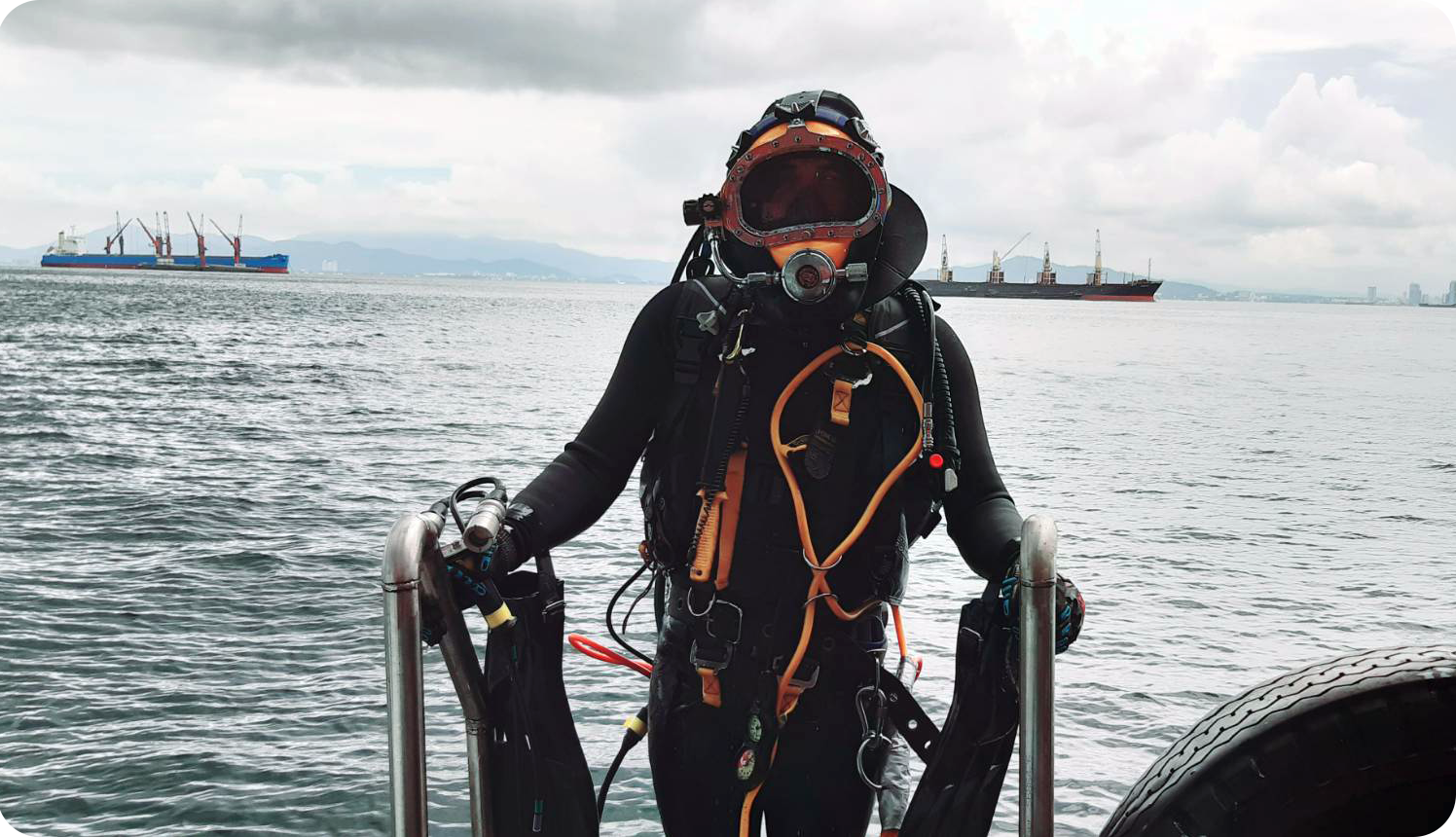
Has your ship been getting slower while engine RPM’s and fuel consumption continue to increase?
Experiencing irregular or inaccurate doppler readings?
Lack of volume or pressure in your ship’s cooling system?
Been a while since your last dry docking?
Good chance your vessel is coated and clogged by massive amounts of aquatic marine life known as marine growth.
You may be at the receiving end of a plethora of problems to come…
“Marine growth” or “Biofouling” within the shipping industry is a term that is used to specifically refer to problematic species that attach and grow to the underside of vessel and other waterborne oceanic infrastructures.
As you will find out in this article, marine growth continues to be a menace for ship owners and operators alike, contributing to a large range of issues that negatively impact the shipping industry on the whole.
Varieties of Growth – Soft and Hard
Blame nature! Plant and animal life are the sole contributors to marine growth formation that gives the maritime community such grief.
“Soft Growth” is growth with the same density as water. Often referred to ‘micro-fouling’ for good reason, as these microscopic aquatic organisms attach themselves to vessel’s hulls, pilings and the underwater portions of structures such as oil rigs and piers. These are the building blocks of the biofouling nuisance.
Once firmly rooted, these species begin their rapid growth cycle and develop into more established plant life like of algae, slime, grass and seaweed.
After successfully establishing their colonies, a cornucopia of other growth, including animal life are welcomed aboard this newly established marine paradise.
“Hard Growth,” which refers all animal life denser than water. Generally bigger in size than soft growth, this ‘macro-fouling’ includes barnacles, mussels, oysters, and other species of shellfish that will adhere to any underwater surface and reproduce in great numbers.
It’s not entirely their fault!
Plants and animals living in underwater environments adhere to surfaces as part of their life cycle and do this as a natural means of survival, trying to gain an evolutionary advantage.
natural means of survival, trying to gain an evolutionary advantage.
Some marine species gain their advantage by being fast and mobile, while others protect themselves through the opposite technique, by being immobile and impervious.
For example, a barnacle that has adhered to a surface, protected by a rock-like shell (think ship’s hull), and surrounded by millions of other barnacles, stands a very good chance of survival in the ongoing competition of undersea life.
Results of Marine Growth
Whether its natural or not, this process of plant and animal life growing on human underwater structures (better known as fouling) has huge consequences on the efficiency and profits of the shipping industry.
If a ship’s hull is overgrown with long, heavy shellfish, it will surely make the ship far less efficient when traveling through water. This results in poor fuel economy, slower travel speeds and wasted resources.
Further problems arise when marine fouling forms huge clusters inside the intakes and outfall system of the ship. As marine organisms flourish, they block and narrow the passage of seawater intake and discharges in and out of the vessel. This may cause harm to the many heat-transfer systems relying on seawater cooling, as well as preventing proper vessel discharging.
 Additionally, pilings and structures that are fouled with dense growth are subject to higher stress caused by excessive drag on their components in the sea.
Additionally, pilings and structures that are fouled with dense growth are subject to higher stress caused by excessive drag on their components in the sea.
Apart from operations, from an inspection standpoint, heavy marine growth coverage literally hides damages that could be clearly seen on a non-fouled structure. This prevents the identification and rectification of potential critical anomalies.
Solutions for Marine Growth Removal
Most ship hulls are painted with anti-fouling coatings that are intended to discourage the adherence of undersea life. However, the effectivity of these coatings is arguable. Not to mention, only work while coating remains intact to the hull.
Ships are also sent to drydocked periodically and cleaned with a combination of chemical applications and pressure washing. This is a costly practice as operations are halted when the ship is not sailing.
A far more rapid and inexpensive option is to conduct underwater cleanings while the vessel is still afloat.
This type of underwater work is carried out by divers employed by professional commercial diving contractors. Such diving services are abundantly available all around the world and allow for work to be completed without disrupting normal vessel operations.
During a subsea cleaning contract, vessel’s surfaces are generally scrubbed of all marine growth and biofouling using specialized underwater cleaning equipment, including, brushkarts, abrasive pads, waterjets and scrapers.
In addition to a thoroughly clean ship, a commercial diving services provider can also perform other important maintenance functions to your vessel, further reducing time and resources.
Thai Subsea Services Ltd. is known to wield the most advanced equipment and cleaning techniques that are globally recognized.
Choose TSS as the most effective solution to regenerate your vessel’s performance and service





